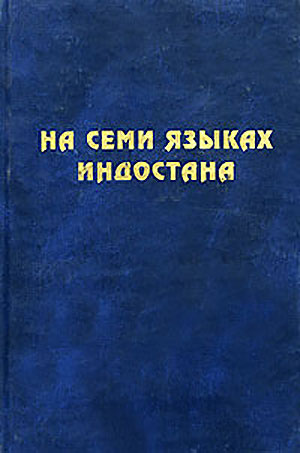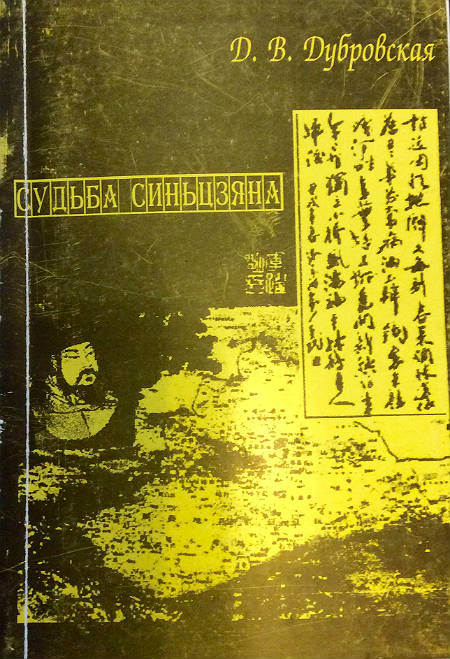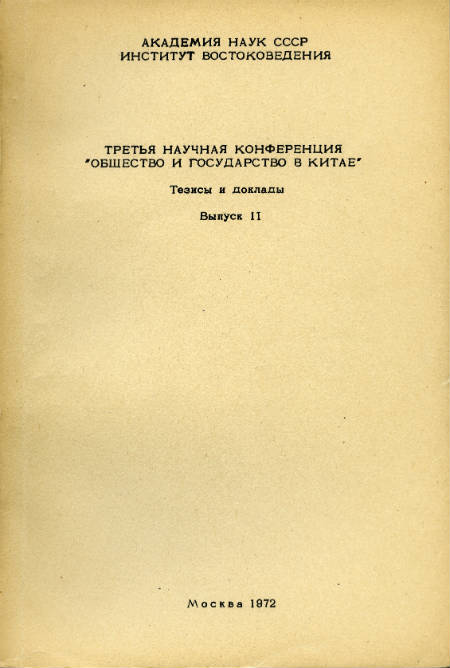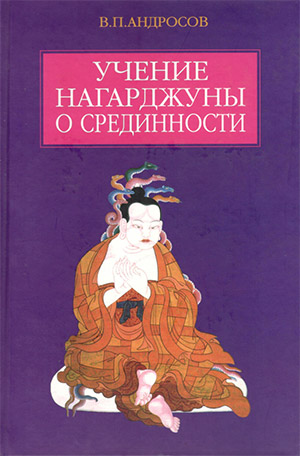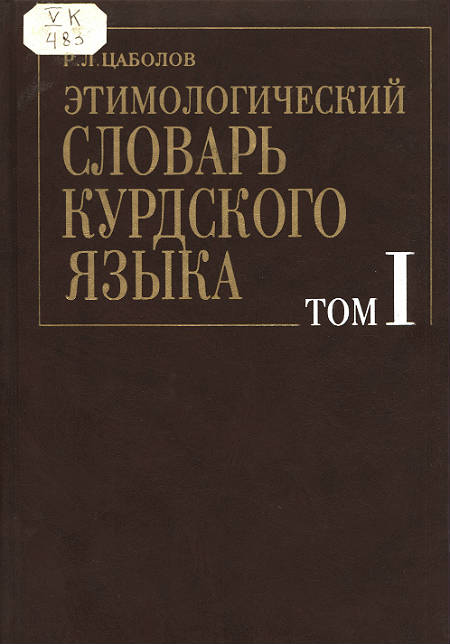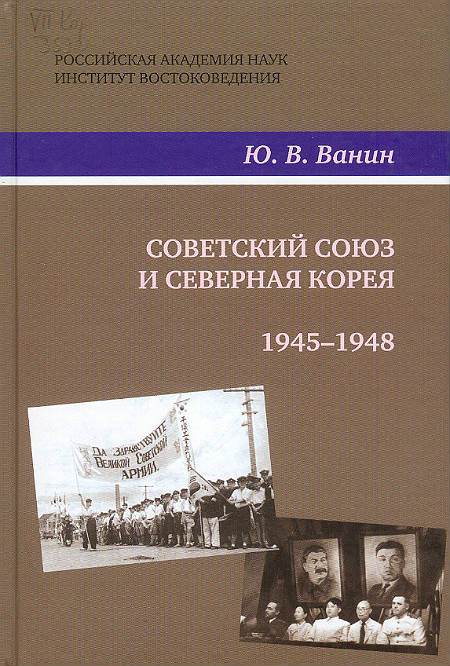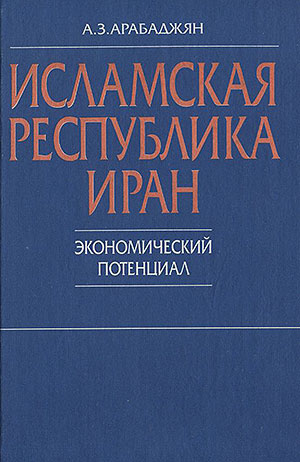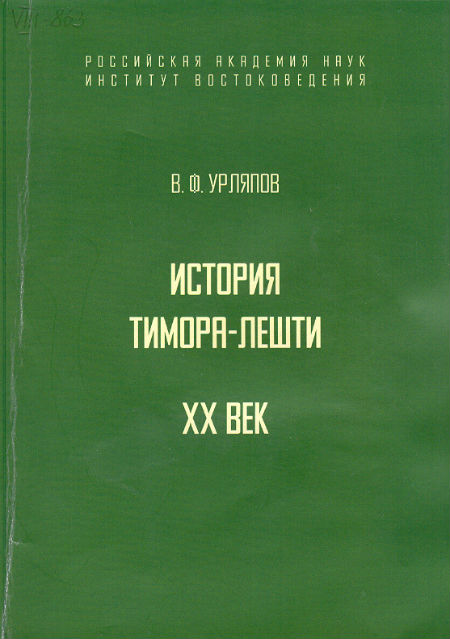Book
The History of Timor-Leste State. XX Cent
Еditor: Dmitry Mosyakov
Institute of Oriental Studies of the Russian Academy of Sciences
Москва, 2015, 256 p.
The monograph considers major historical stages of East Timor (Timor-Leste), one of the world smallest countries. The most significant events in the development of the state, beginning from the first documentary record about Timor and its division between Portugal and Netherlands are described in this work. The monograph consists of two major parts. In the part one the author examines a huge period of time as beginning from the pre-historic epoch until the restoration of independence in 2002. The part two addresses political challenges, social and economic issues faced the Democratic Republic of Timor-Leste. Independence was unilaterally declared on November 28, 1975. The Indonesian government was fearful of an independent state within the Malay archipelago, and at the heights of the Cold War, Western powers were supportive of Jakarta position. The Indonesian military launched a full-scale invasion of East Timor in December 1975. Indonesia declared East Timor as its 27th province in July 1976. The independence from Indonesia was gained in 2002. Since the end of the Indonesian occupation, reconstruction efforts, the formalization of independence and the election of a new government, East Timor has embarked on the rocky path of development. The development process was fraught with obstacles, even for those states that enjoy numerous national and other advantages. Until early 2006, the appearance of relative stability in post-independence electoral politics was important, as East Timor started its life as an independent state as the poorest country, on a per capita GDP basis, in Asia and of the poorest in the world. In March 2011, the UN handed-off operational control of the police to the Timor-Leste authorities, but more than 1, 200 UN police officers were still on their duty. After the 2012 presidential election, the UN mission was scheduled to end. In the final chapter, the monograph analyses Timor-Leste’s foreign policy shaping. The successful use of diplomacy in its long struggle for self-determination was well recognized, and the role of the diplomatic front was acknowledged alongside the clandestine front and armed resistance for achieving independence. Timor-Leste’s geo-strategic location between Indonesia and Australia and within the grid of influence of major powers such as the United States and China, coupled with its own fragility as a small island nation, required a foreign policy of pragmatic nature. Its foreign policy was to be capable of positioning Timor-Leste to balance the influence of major regional and global powers, while benefiting the country’s development. To sum up, the pillars of its foreign policy were diplomacy, development and national security. It has become increasingly clear that Timor-Leste was slowly but carefully weaving an elaborate geopolitical tapestry – diversification of security partners albeit if fundamentally aligned with Australia’s protective umbrella and therefore by default with the US – but also with the divergent interests of surrounding players. The juggling of the regional triumvirate composed of Australia, Indonesia and China will likely continue to mold Timor-Leste’s regional insertion and bilateral security relations with three these partners, in hope of achieving the best possible scenario for the country external interests, and ultimately its own internal stability.
РУССКАЯ ВЕРСИЯ: История государства Тимор-Лешти. ХХ век


